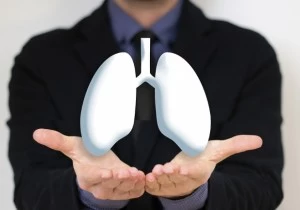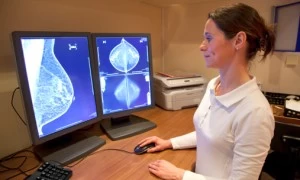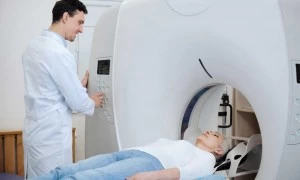
CT vs MRI: What's The Difference?
Often times, patients ask us “What’s the difference between a CT (or CAT) Scan and an MRI?” These scans can look similar at first glance, but in reality, they are vastly different in their use and their functionality.
Basic function
CT scans are most commonly used to create cross-sectional images (slices) of the bones, blood vessels and organs inside your body. MRI, on the other hand, is better suited for examining soft tissue injuries, particularly in the ligaments or tendons. They are also good for spinal cord injuries and brain tumors. Your healthcare provider will decide if a CT scan or an MRI is the right scan for you.
Radiation Exposure
One of the biggest benefits of an MRI is that they are radiation-free. MRI images are produced using a magnet rather than x-ray, therefore, patients aren’t at risk of being exposed to any radiation. An indicated CT exam provides detailed and useful information that outweighs any potential risk from the very low radiation exposure that occurs when undergoing a CT scan. A CT exam can verify the expected causes of symptoms the patient is experiencing and can also find unexpected causes. It can help decide the best treatment options, avoid unnecessary tests or surgery and improve health outcomes.
Comfort level/scan time
For MRI’s the scan time is typically longer than a CT Scan, ranging anywhere from 20 minutes up to an hour, during which it is extremely important for patients not to move while being scanned. Due to the amount of time that patients have to spend with restricted movement inside the machine, anxiety or claustrophobia issues can surface for some patients during the procedure. Oral sedation or use of a Wide Bore MRI machine are potential options.
Although using an Wide Bore MRI machine or undergoing sedation can help soothe patient claustrophobia, there’s nothing that can be done about the amount of time the patient must remain in the machine. This is where CT scans have the upper hand. Most CT scans can usually be completed within 5-10 minutes, and the actual scan time can be less than 20 seconds.
Limitations
Although CT scans are typically more comfortable for patients than MRI’s are, there are some limitations to both procedures. Although CT’s are great for injuries related to bone, they’re not as versatile as MRI’s are overall. They’re also not as easily equipped for getting multiple angles without moving the patient. While MRI’s can produce images in any plane, there are more limitations about which types of patients can have them.
Patients with cardiac pacemakers and implanted metals are sometimes unable to have an MRI. Patients can get a CT scan regardless of metal implants. MRI’s provide open options that accommodate larger or claustrophobic patients.
Visit our CT and MRI web pages to learn more about both exams.













































































